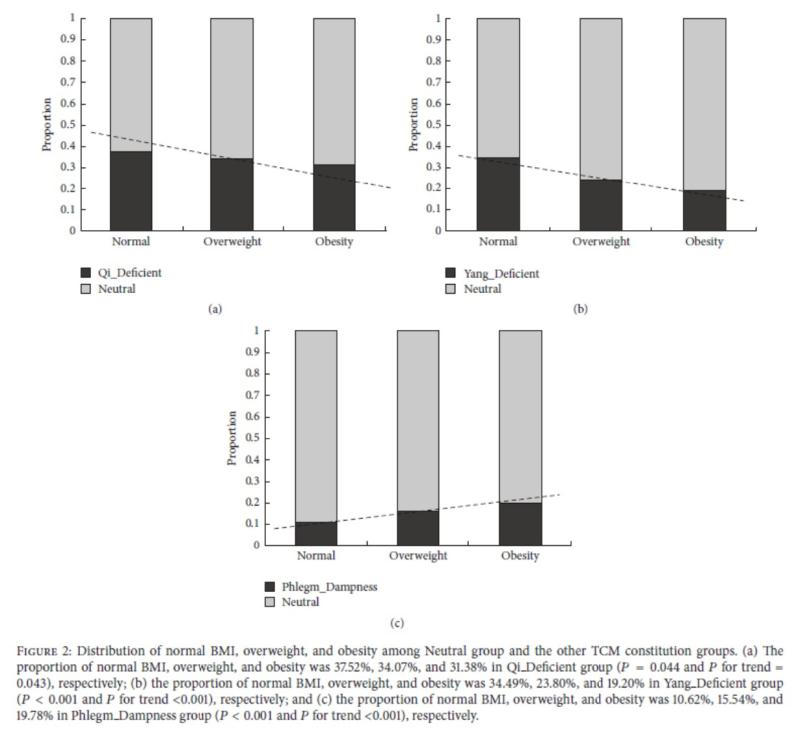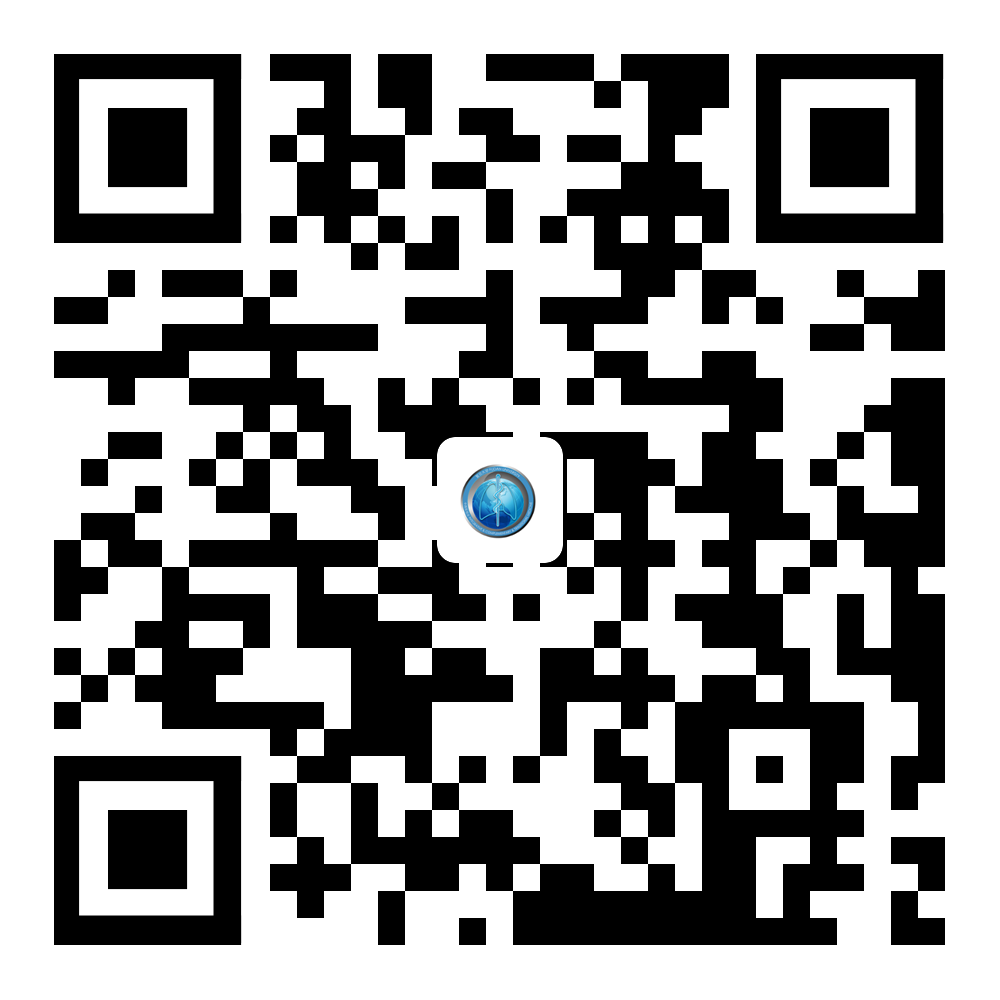A Study of Traditional Chinese Medicine Body Constitution Associated with Overweight, Obesity, and Underweight
Mihui Li, Shuming Mo, Yubao Lv, Zihui Tang, and Jingcheng Dong
Evidence-Based Complementary and Alternative Medicine
Volume 2017, Article ID 7361896, 8 pages
Objective: The aim of the study was to investigate the associations among the nine types of body constitution in traditional Chinese medicine (TCM) with the outcomes of overweight, obesity, and underweight.
Method: Participants aged 30 to 90 years were recruited from communities in Shanghai and assessed using a self-administered questionnaire pertaining to their demographics, lifestyles, and self-reported medical history. The data of 3748 participants with complete information was available for the analysis. Multinomial logistic regression (MLR) analysis was performed to determine the associations among the TCM constitution variables and the health outcomes.
Results: The standards of classification and determination of the constitution in TCM were used to gauge the patients’ constitution type. MLR revealed independent and significant associations among the Qi Deficient and Yang Deficient groups with the outcomes of overweight, obesity, and underweight (P < 0.10 for all). MLR revealed independent and significant associations among the Qi Deficient and Yang Deficient groups with the outcomes of overweight, obesity, and underweight(P < 0.05 for all).
Conclusion: Our study revealed significant negative correlations between the Qi Deficient and Yang Deficient groups with the outcomes of overweight, obesity, and underweight. On the other hand, positive correlations were found between Phlegm Dampness and the outcomes of overweight and obesity.




